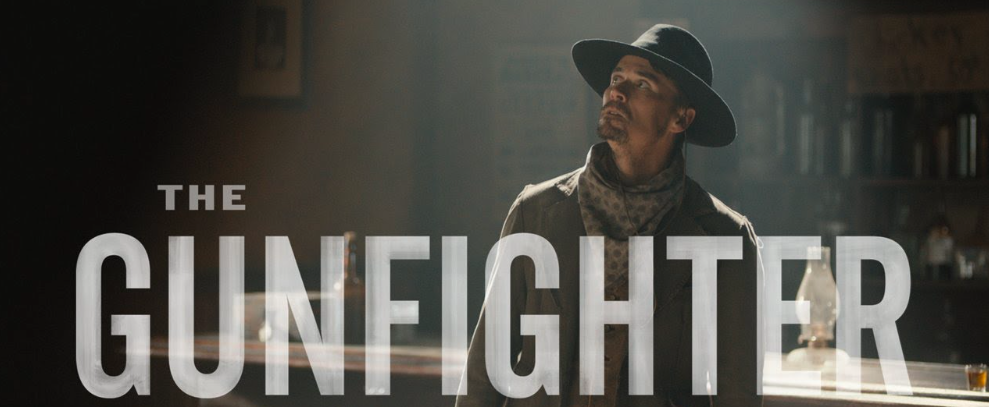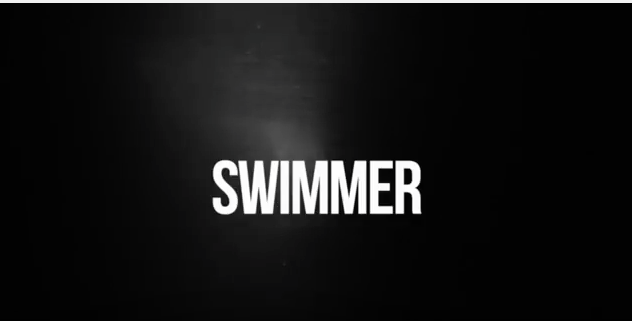Narrative Structure
- The element of film form that had the most impact on me was the strange and, sometimes, disjointed editing and the films use of mise-en-scene as together they created a dreamlike and, sometimes, nightmarish atmosphere. The narrative is structured to be circular with recurring motifs and events that influenced my response as it made me engage more with the short film as the narrative became almost puzzle like- trying to figure out when the motifs were going to reappear. This short film is noticeable in that it uses the stock character of death- in this depiction death is a silent figure who is always ahead to the protagonist. The protagonist is a woman who in my interpretation is incredibly bored with her life so she attempts to chase the figure- death- and eventually ends up being murdered. There is another character- the man- who I interpreted as the woman’s husband- who attempts to get her out of this obsession but fails as she dies. The narrative in its experimental nature may create the binary opposition of reality vs. surreal and life vs. death. Due to the film’s experimental nature- the audience is not encouraged to like or dislike anyone in fact the relationships between the characters are kept ambiguous. The text is experimental but does loosely follow the equilibrium, disruption and re-equilibrium pot points as the woman decides the follow the figure, the circular narrative occurs and then the woman is dead, which is a clear end point to the piece. The narrative could be considered open as due to the film’s ambiguous nature the events depicted are vague and dreamlike, however the narrative could be considered closed as it does have a clear end point- when the woman is revealed to be dead. The impact of the narrative being ambiguous is that it will engage the audience as they have to make a decision as to how much of the events in the film actually took place in the film’s reality. The film does not follow any conventions of any genre as it is an experimental film- which is a type of film that pushes the boundaries of narrative and film techniques. The narrative is circular- and thus non-linear- it means that some basic events are repeated throughout the film, which again gives the film a dreamlike quality. The narrative is essentially one massive enigma code as whilst audiences might question why certain events are repeating, the film does not answer any of these questions. Leaving the viewer confused and questioning the nature of the film.
Cinematic influences
Which elements of film form, if any, do you think might influence your own short film? Consider:
-
- Mise-en-scene: Locations, Costumes, Props etc.
- Editing techniques and their effects
- Cinematography techniques and their effects
- Use of sound (diegetic/non-diegetic)
- I think the main take away from this film is the use of recurring motifs using both mise-en-scene and editing to create the motif.
Creating meaning and effect
This film with its dreamlike atmosphere- generated by the disjointed editing and the certain cinematography choices- creates many meanings for different people. These interpretations are generated by the lack of dialogue, which means the inner thoughts of the characters are not know as is the relationships between the characters. The use of motifs is another way meanings are created- two events are seem completely separate until the motif is repeated- the motif of the key was the motif- which has clear connotations- to be the most helpful in creating my version of the events in the film. The film also repeats certain shots but with minor- or major- details changed, such as the shot of the woman sleeping in the chair and the woman dead in the chair, these shots twist the meaning of the previous shot, engaging the viewer in the events of the film.



